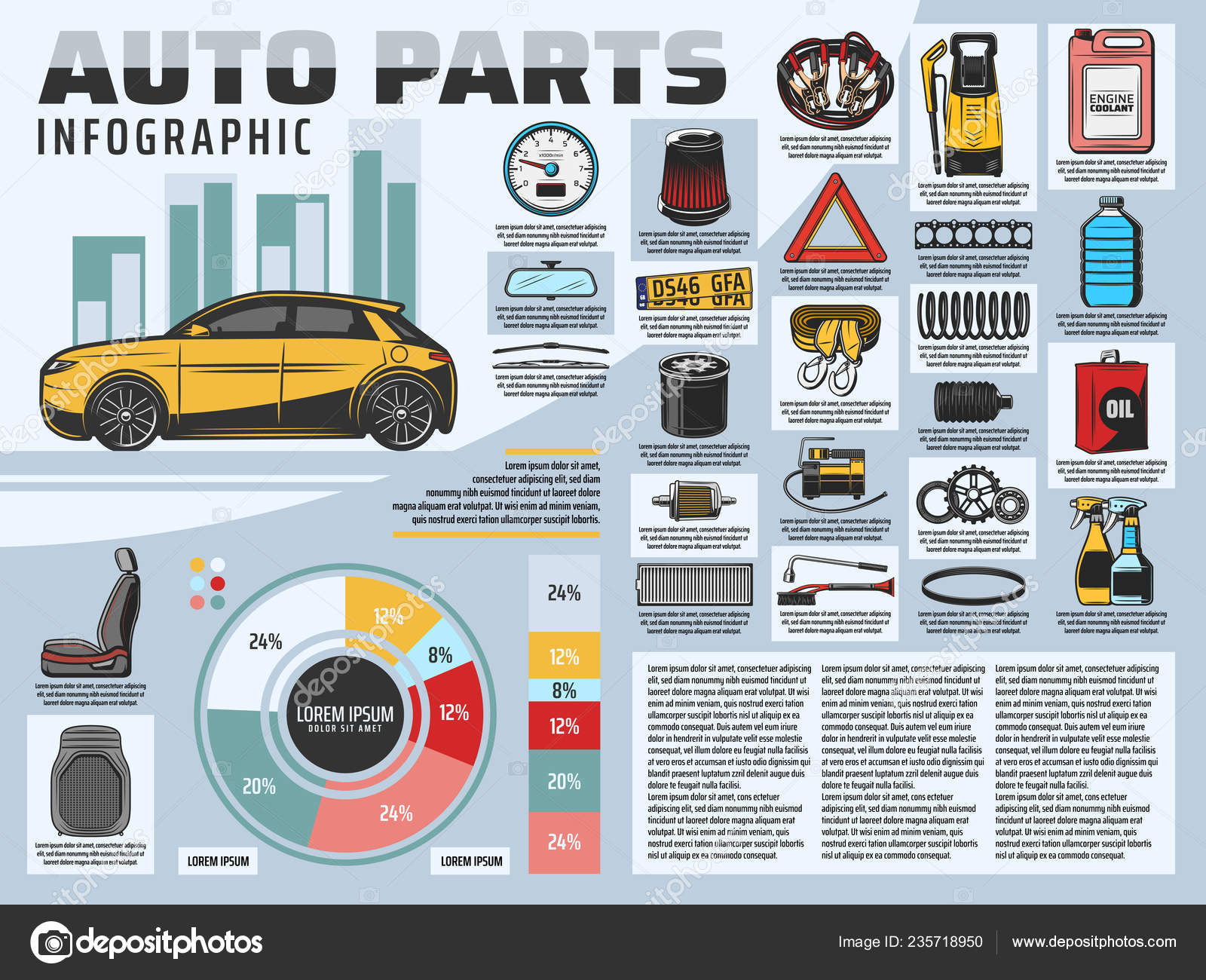Wondering Concerning The Meaning Behind Those Control Panel Warning Lights? Gain Understandings Into Their Ramifications For Your Vehicle'S Security And Upkeep
Wondering Concerning The Meaning Behind Those Control Panel Warning Lights? Gain Understandings Into Their Ramifications For Your Vehicle'S Security And Upkeep
Blog Article
Material Develop By-Higgins Gilbert
When you lag the wheel, those beautiful caution lights on your dashboard can be a bit complicated. Do you understand what they're attempting to inform you regarding your auto's wellness? Comprehending the value of these lights is crucial for your safety and the long life of your lorry. So, the next time among those lights pops up, wouldn't you wish to decipher its message properly and take the necessary actions to address it?
Common Warning Lighting and Interpretations
Determine usual caution lights in your vehicle and comprehend their definitions to make certain risk-free driving.
The most regular caution lights include the check engine light, which indicates issues with the engine or exhausts system. If this light comes on, it's important to have your automobile checked immediately.
The oil stress warning light suggests low oil stress, calling for instant focus to stop engine damages.
A blinking battery light could suggest a defective charging system, possibly leaving you stranded if not addressed.
The tire pressure tracking system (TPMS) light informs you to reduced tire stress, influencing automobile stability and gas efficiency. Disregarding this might cause unsafe driving problems.
The abdominal light indicates a trouble with the anti-lock braking system, endangering your capacity to stop promptly in emergency situations.
Lastly, the coolant temperature level warning light warns of engine getting too hot, which can lead to extreme damages otherwise solved promptly.
Recognizing these usual warning lights will assist you address issues promptly and keep secure driving problems.
Relevance of Prompt Focus
Comprehending the typical caution lights in your auto is just the primary step; the relevance of without delay attending to these cautions can not be emphasized enough to ensure your safety and security when driving.
When a caution light brightens on your dashboard, it's your auto's way of interacting a potential problem that needs interest. Overlooking these warnings can bring about a lot more severe problems down the road, endangering your safety and security and possibly costing you more out of commission.
Trigger attention to cautioning lights can prevent malfunctions and mishaps. For example, a blinking check engine light could suggest a misfire that, if left unattended, can create damages to the catalytic converter. Addressing this immediately can save you from a pricey repair work.
Similarly, a brake system warning light may signify low brake liquid or worn brake pads, essential components for your safety when driving.
DIY Troubleshooting Tips
If you notice a warning light on your control panel, there are a few DIY troubleshooting ideas you can try prior to seeking professional aid.
https://www.daily-jeff.com/story/news/local/2021/12/09/claysville-road-garage-used-auto-repair-work-destroyed-fire/6445829001/ is to consult your car's guidebook to recognize what the specific caution light shows. In some cases the concern can be as basic as a loosened gas cap activating the check engine light. Tightening up the gas cap may fix the problem.
One more usual issue is a low battery, which can set off various cautioning lights. Checking https://brake-change17395.blogsuperapp.com/30791013/top-ten-approaches-for-picking-the-very-best-local-vehicle-repair-shop-for-your-needs for corrosion and ensuring they're safe could fix the issue.
If a warning light lingers, you can attempt resetting it by disconnecting the automobile's battery for a few mins and after that reconnecting it. Furthermore, checking your vehicle's liquid degrees, such as oil, coolant, and brake liquid, can aid troubleshoot cautioning lights associated with these systems.
Conclusion
In conclusion, recognizing your car's caution lights is crucial for maintaining your lorry running efficiently and safely. By without delay dealing with these signals and recognizing what they mean, you can stay clear of expensive repair work and prospective failures.
Remember to consult your auto's guidebook for particular details on each cautioning light and act as necessary to guarantee a hassle-free driving experience.
Stay notified, stay risk-free when driving!
